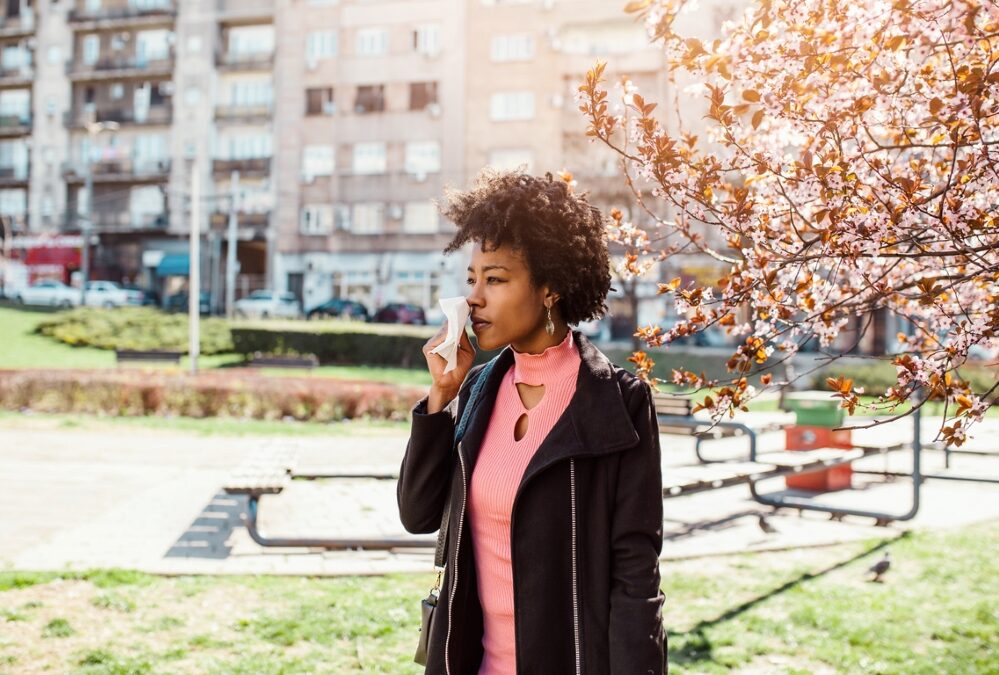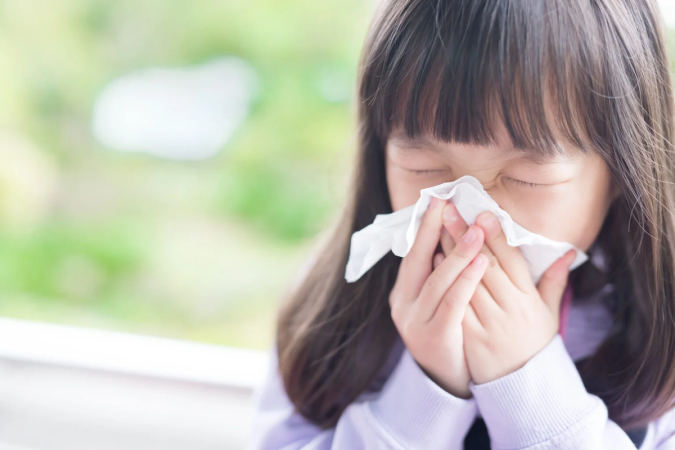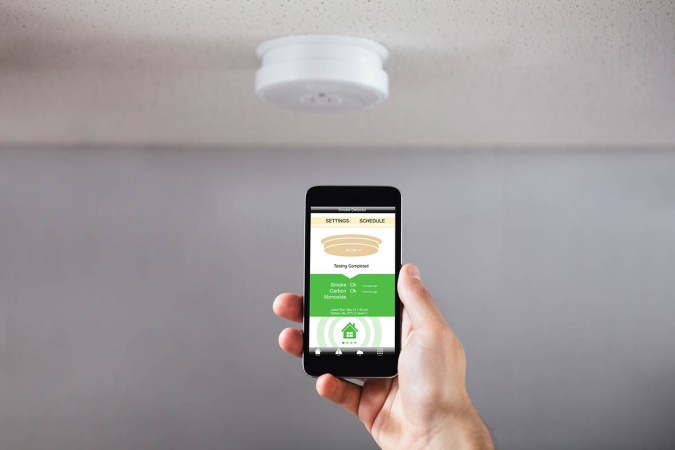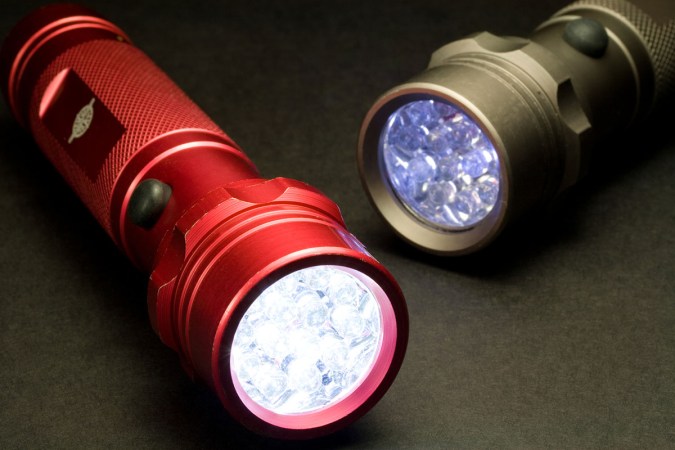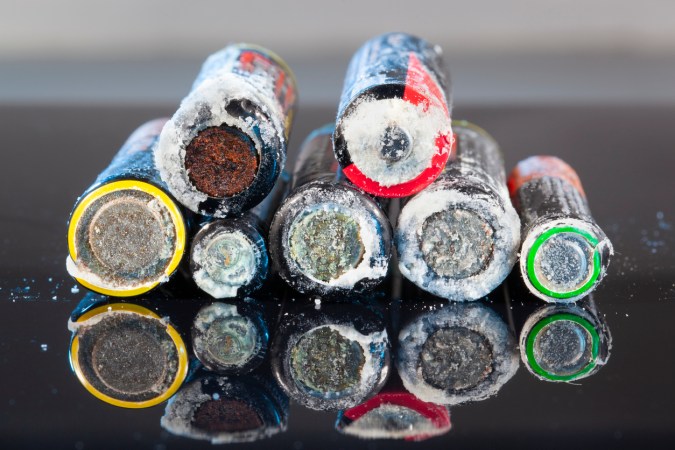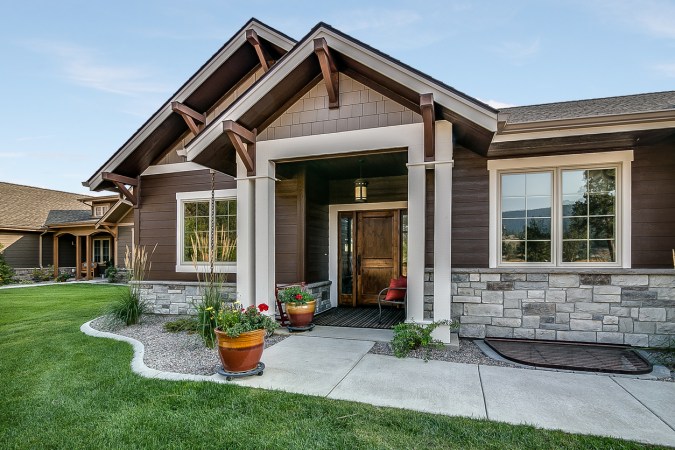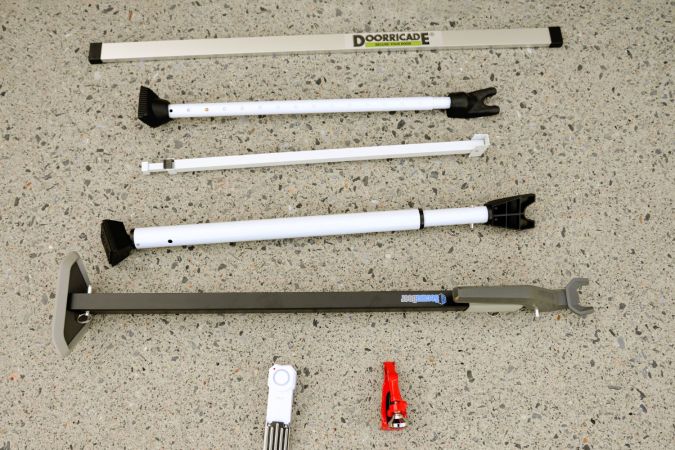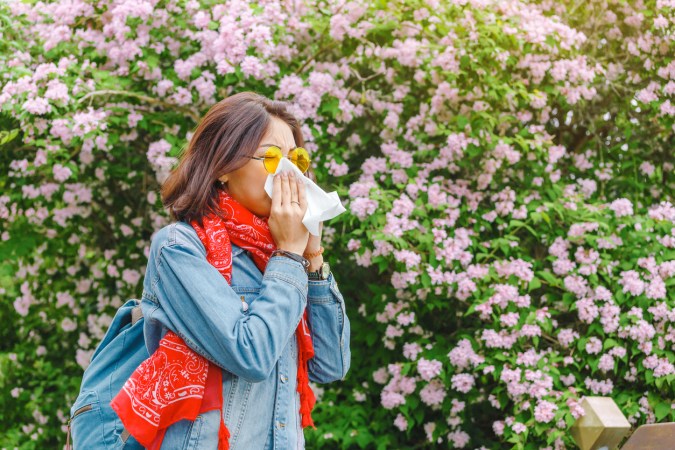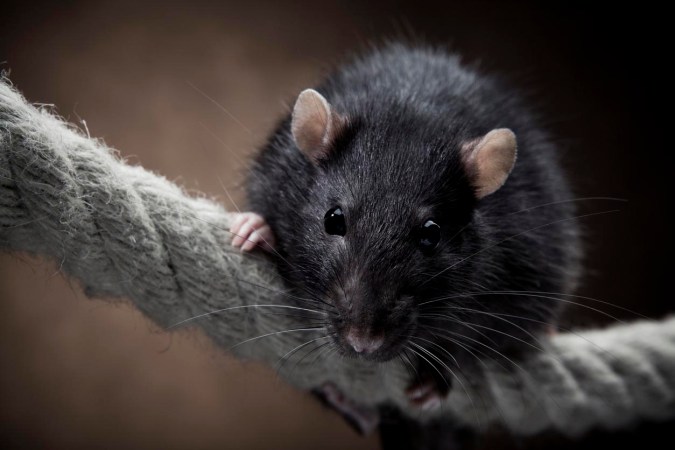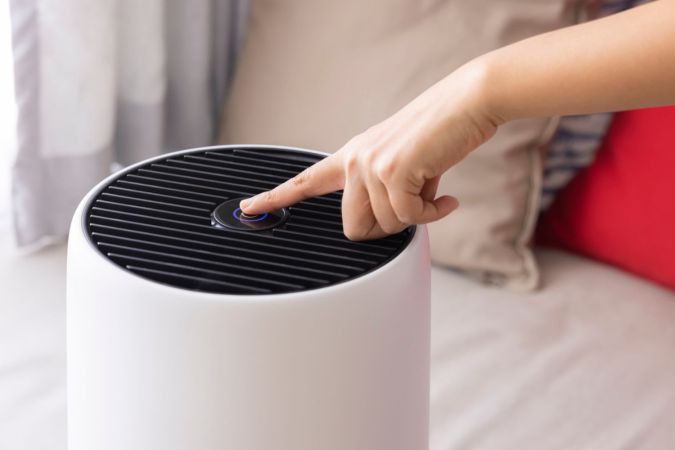We may earn revenue from the products available on this page and participate in affiliate programs. Learn More ›
As spring approaches, millions of Americans will begin to suffer from seasonal allergies. Unfortunately for some, the city where you live may significantly increase your allergy symptoms due to its climate and high levels of pollen in the air.
The Asthma and Allergy Foundation of America conducts a yearly study of cities in the U.S. and how much the population is affected by allergies. Cities are ranked and given an overall score based on tree, grass, and weed pollen scores, over-the-counter allergy medicine use, and availability of board-certified allergists.
Here are the top 29 cities with the worst allergy seasons, according to the report.
1. Wichita, KS
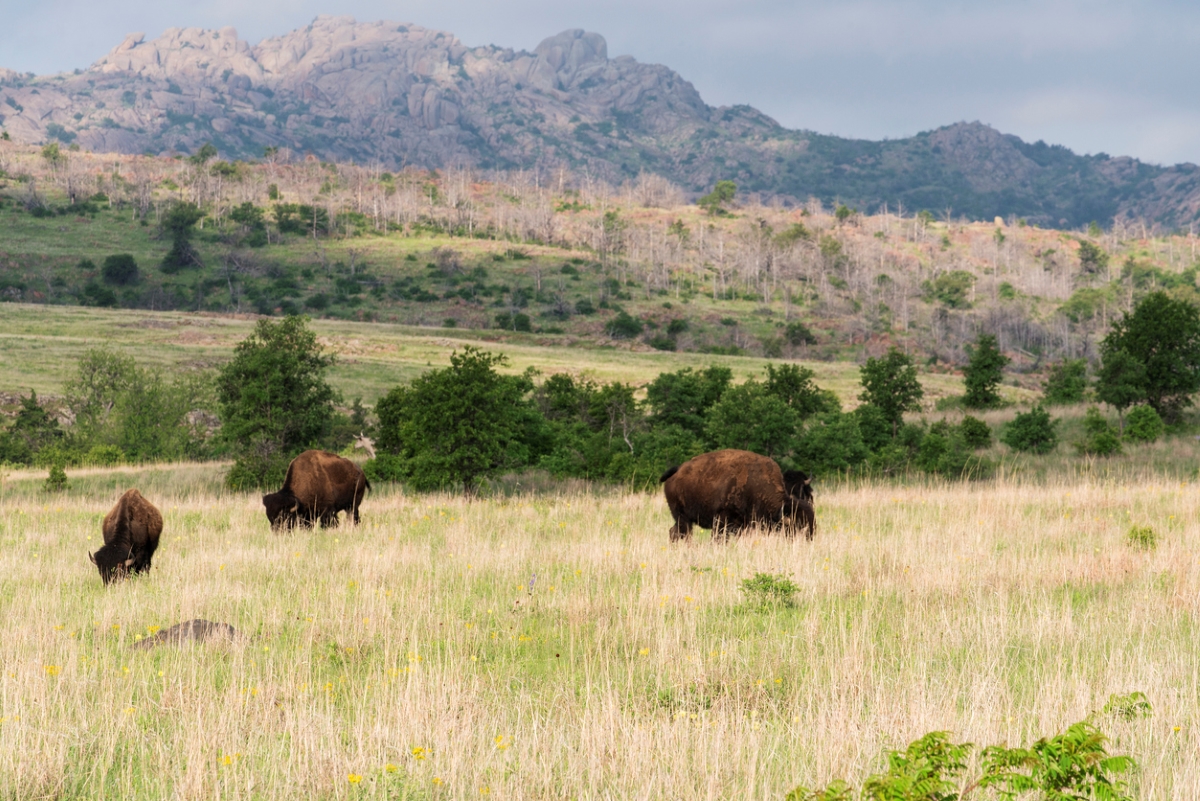
Wichita takes the number one spot for worst allergy seasons as the only city to rank worse than average for all three categories and is listed to have the highest pollen counts for tree, grass, and weed. Wichita’s landscape is primarily prairie grasses, which release pollen most of the year. In spring to early summer, grass pollen is the primary allergen and as the season transitions to fall, ragweed pollen becomes a huge contributor.
2. Dallas, TX
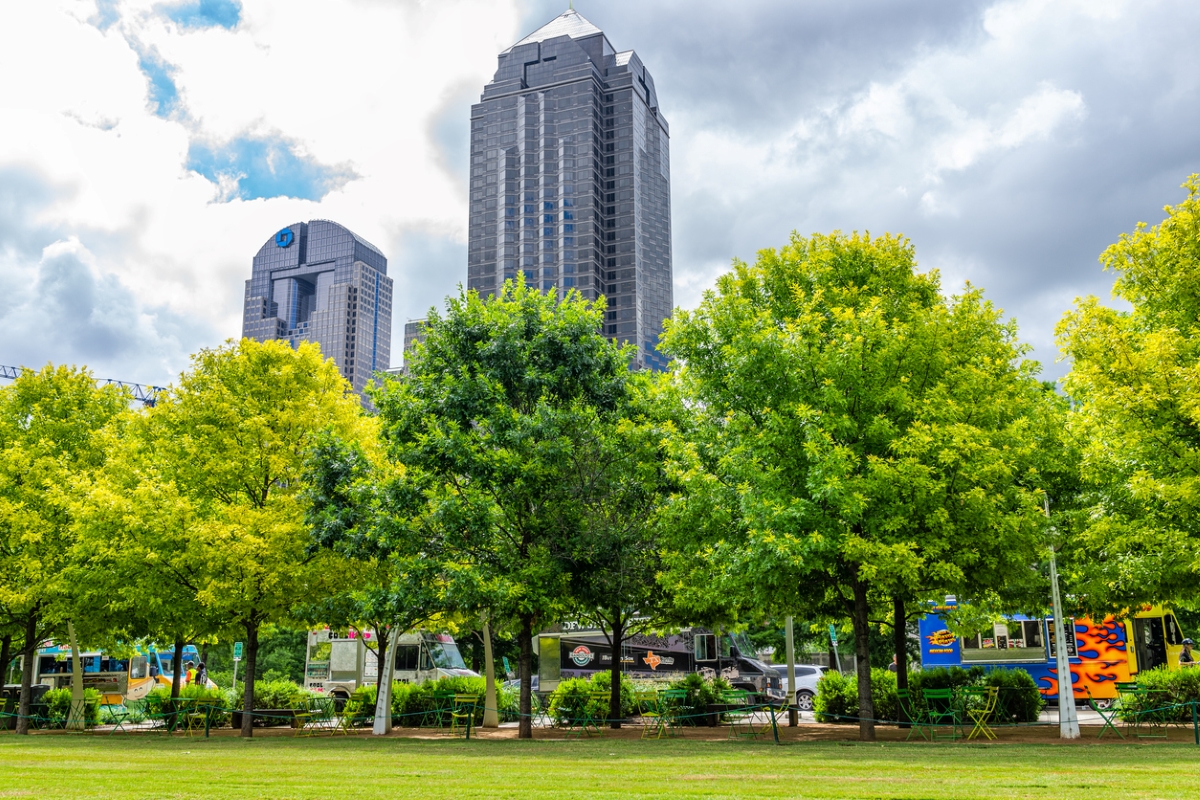
Dallas residents keep the best air purifiers running—a lot. The city ranks high for its pollen count and medicine use, but only has an average number of allergists available to treat the population. Dallas ranks second highest for tree pollen in the U.S., but its grass pollen count is also particularly high at number four in the country.
3. Scranton, PA
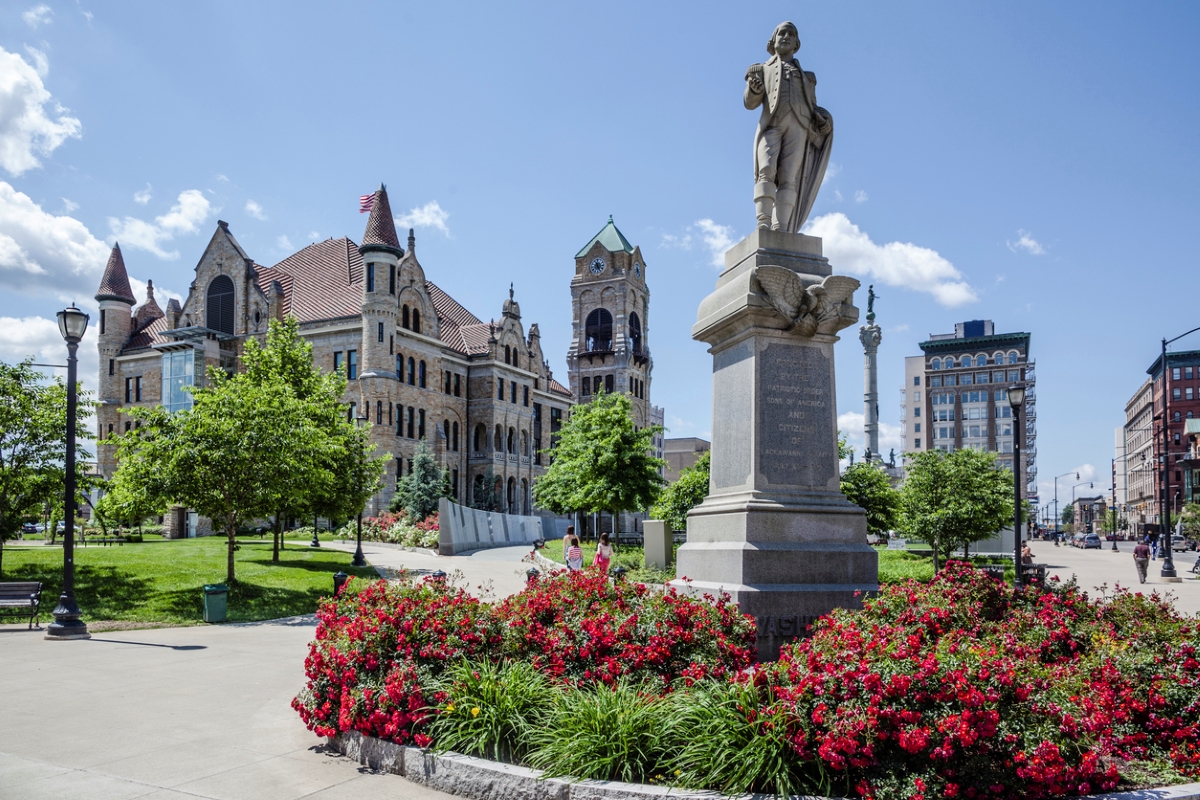
Grass and weed pollen are high in Scranton, so those who are sensitive to those allergies should steer clear. The city ranks second highest for grass and weed pollen count in the U.S. and has fewer allergists in the area than average to treat those suffering from allergy symptoms.
4. Oklahoma City, OK
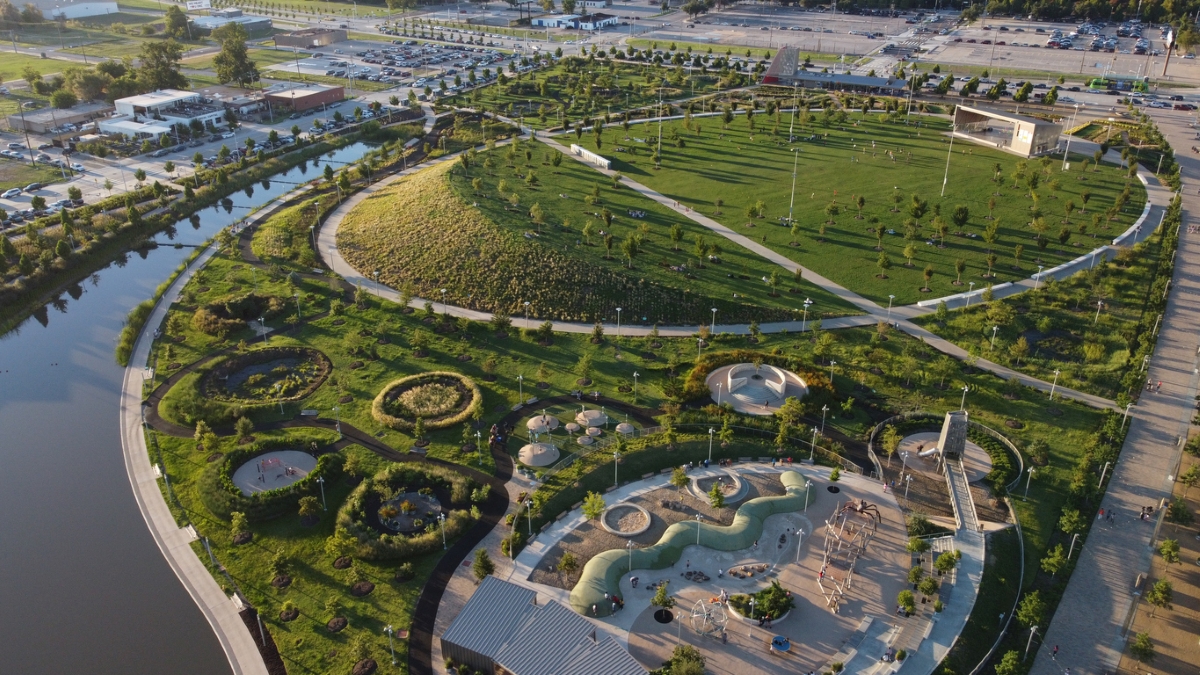
Oklahoma City residents suffer from high pollen counts and medicine usage as well but have an average number of specialists to treat the population. The main allergens here are trees and grass, making the spring and summer seasons the worst for allergy sufferers.
5. Tulsa, OK
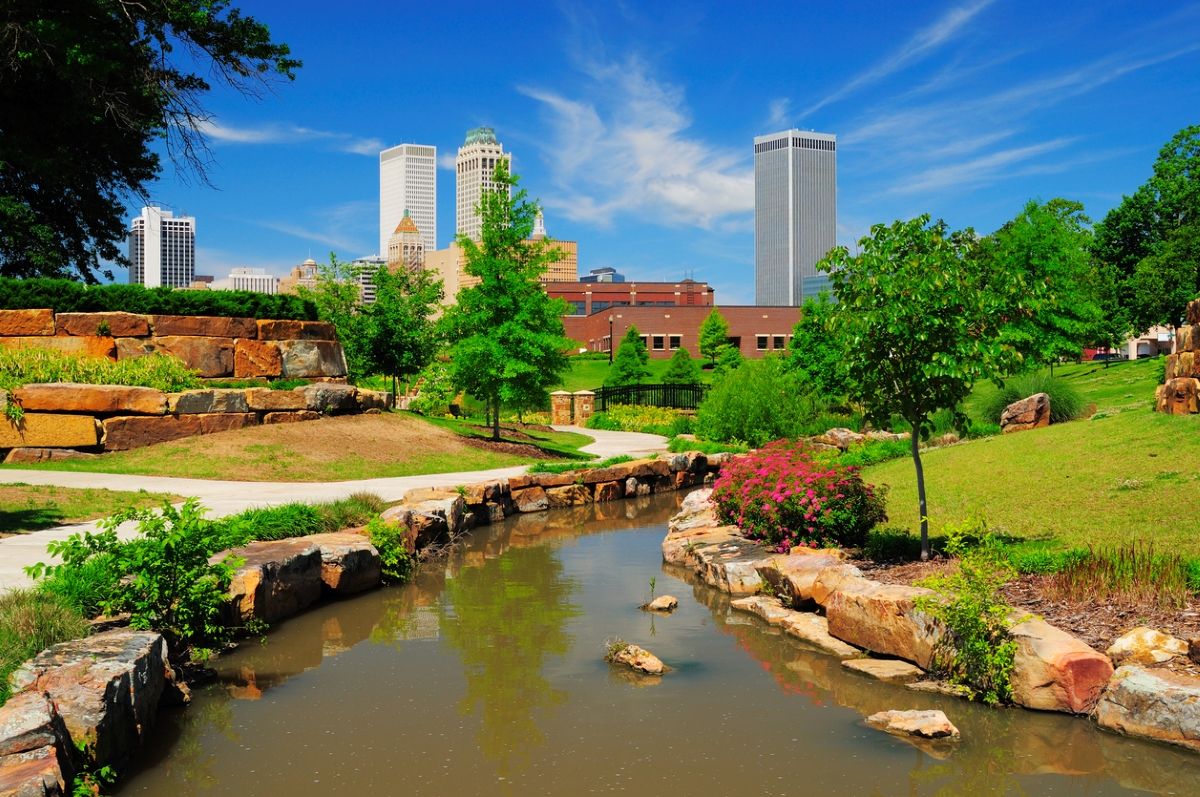
The allergy season lasts longer in Oklahoma than in other states and can start as soon as late February due to the state’s short winters. It’s the only state to have two cities listed in the report’s top five cities with the worst allergy seasons. Like Oklahoma City, Tulsa residents are faced with high pollen counts and have high medicine usage.
6. Sarasota, FL
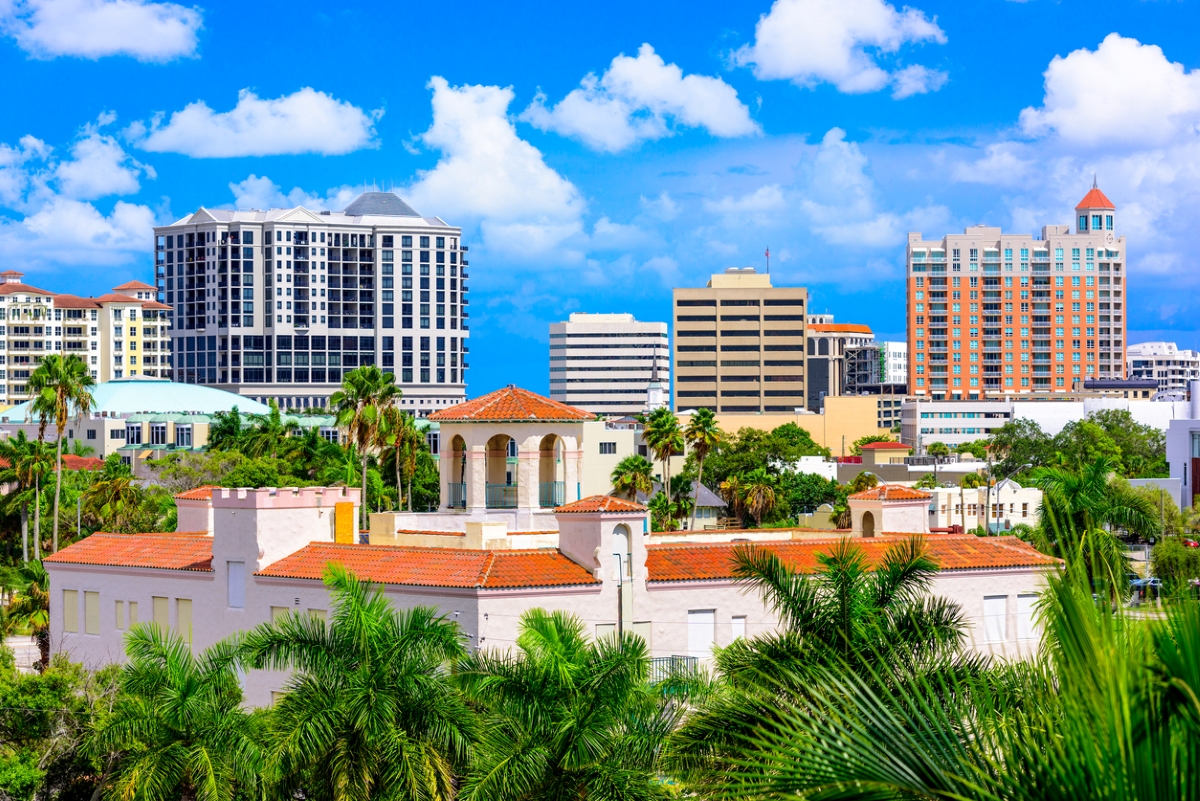
Since Florida has mild weather year-round, there is no “off-season” for pollen allergies. Most Floridians suffer from tree pollen all winter long and into the spring season. Tree pollen is especially high in Sarasota and the report lists the city as the third-highest for tree pollen in the nation.
7. Cape Coral, FL
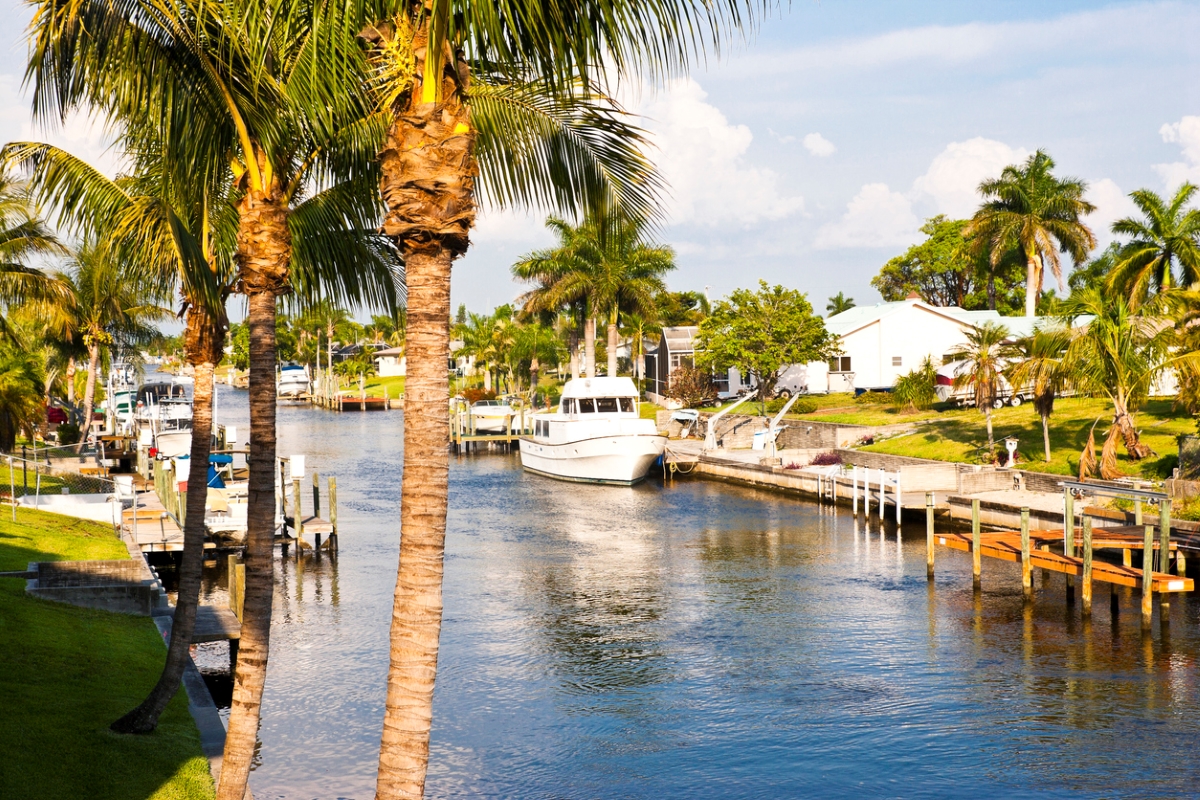
Like Sarasota, Cape Coral has high tree pollen counts that affect its residents, ranking as number four for tree pollen in the U.S. Tree pollen in the area hits an all-time high in March, but slowly tapers off into the summer season. Allergy medicine usage in Cape Coral is also high, but residents only have access to an average number of allergists to treat their symptoms.
8. Orlando, FL
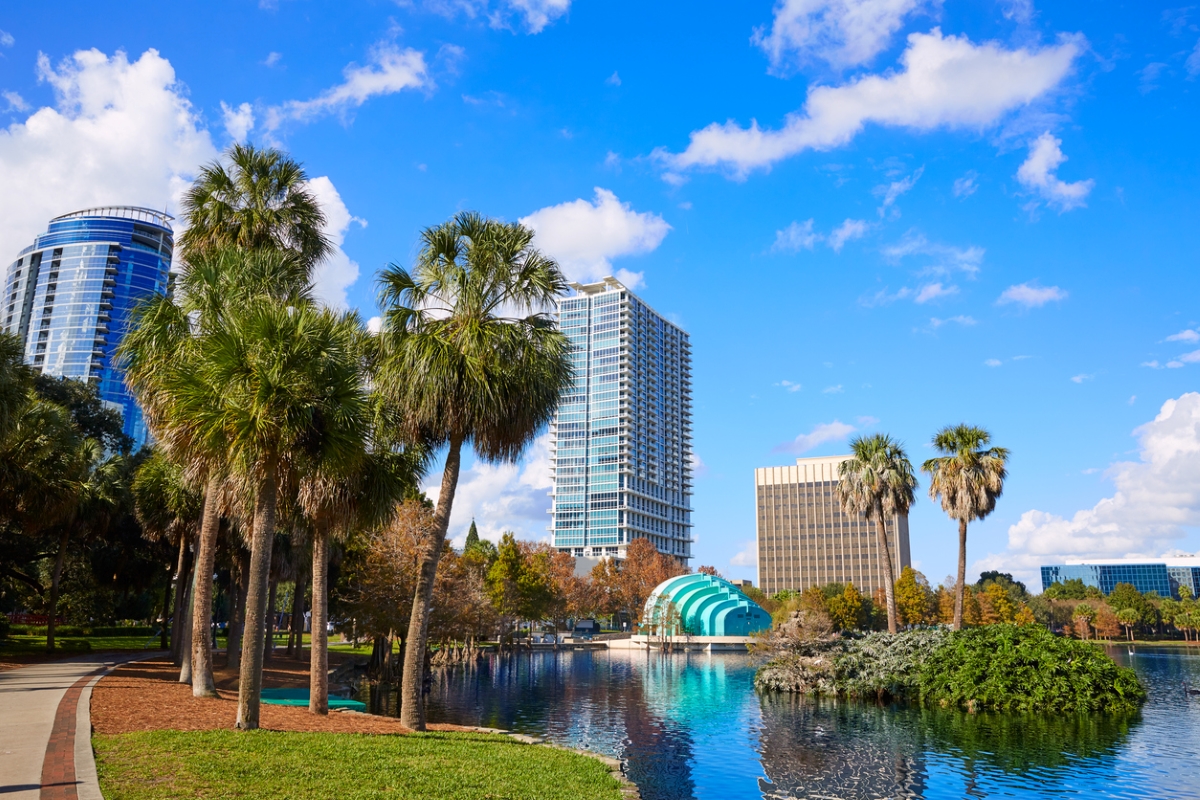
Orlando follows closely behind Cape Coral in its overall allergy score, placing it at number eight on the list. The pollen counts are considered average, but residents continue to suffer from symptoms since the medicine usage in Orlando is higher than the nation’s average. Common allergens in Orlando include ragweed, grass, bayberry, orange blossoms, oak, cypress, and birch.
9. Des Moines, IA
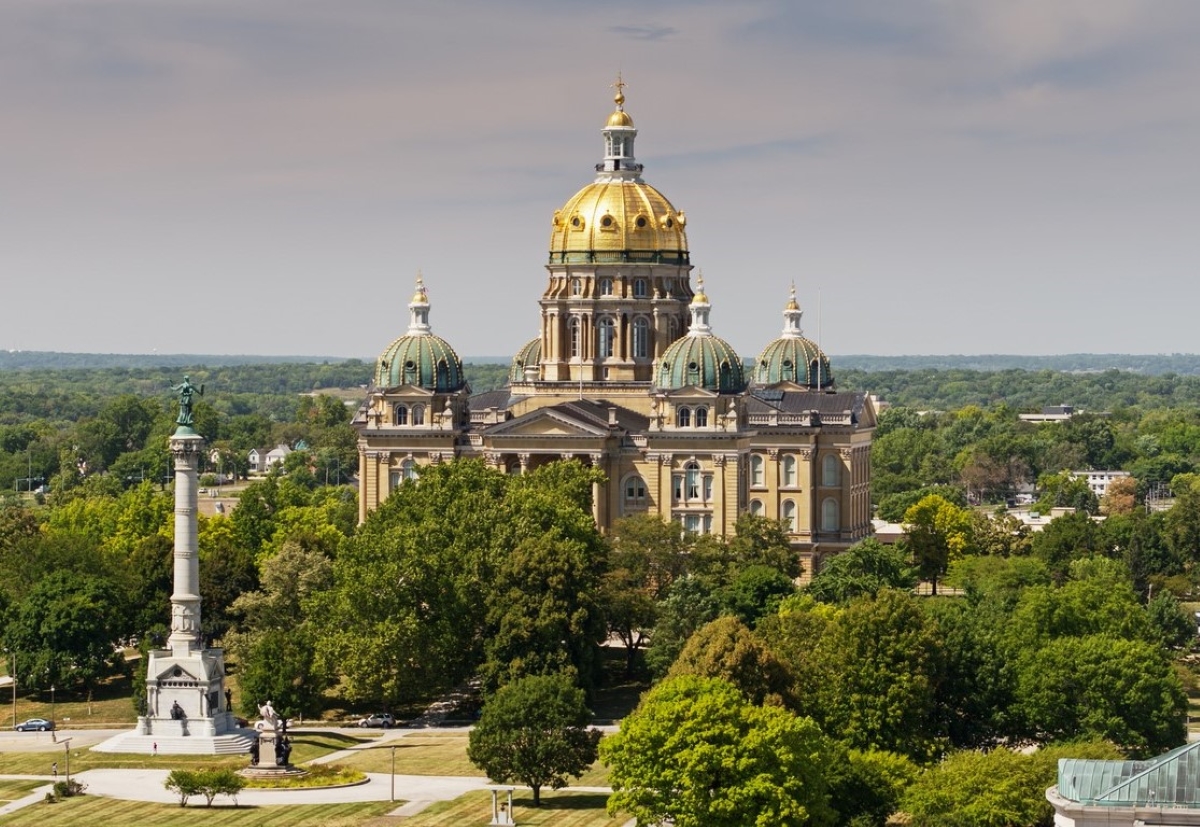
The report shows Des Moines has average pollen counts and medicine usage among residents, but the city’s low number of allergists and immunologists suggests residents aren’t able to seek the specialized help they need to treat their symptoms. The city has the fourth-highest weed pollen count in the nation and the seventh-highest tree pollen count, suggesting that spring and fall allergies are what affect residents most.
10. Greenville, SC
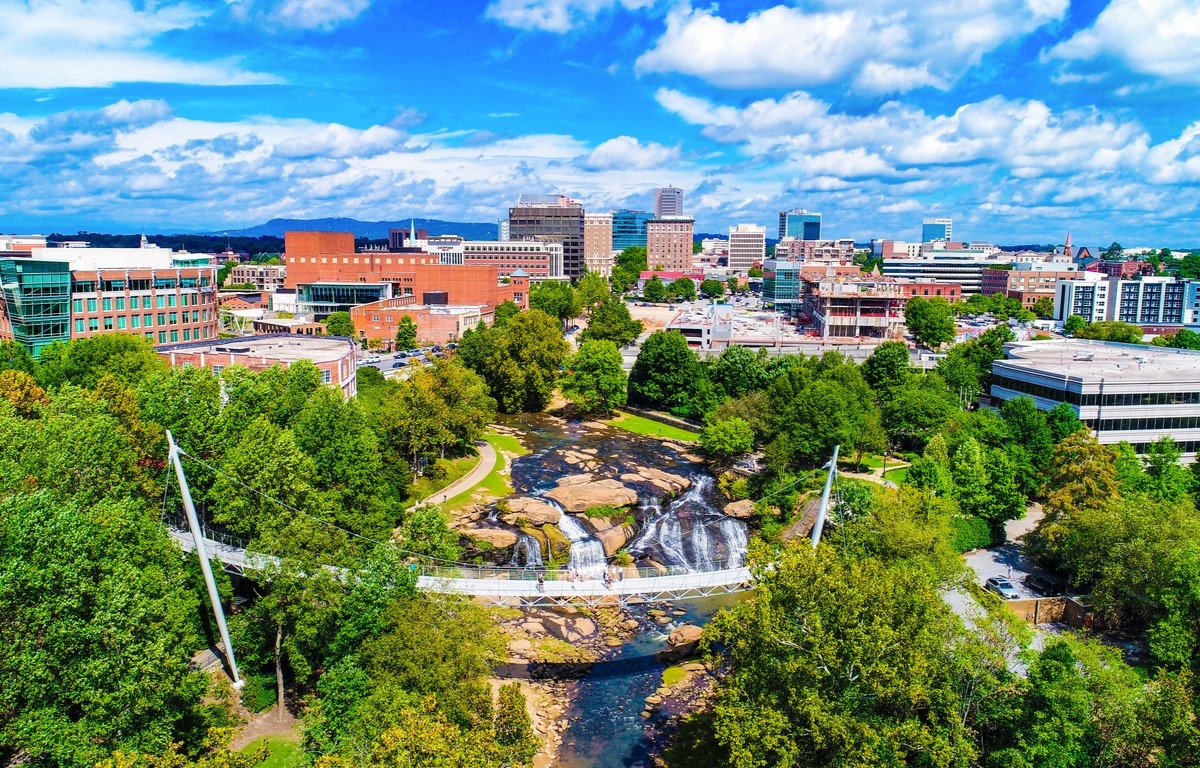
Greenville comes in as the 10th city with the worst allergy season, and its higher-than-average medicine use shows that the population is suffering. Grass and weed pollen are the main contributors to Greenville’s allergens, both listed as sixth-highest in the nation.
11. Virginia Beach, VA
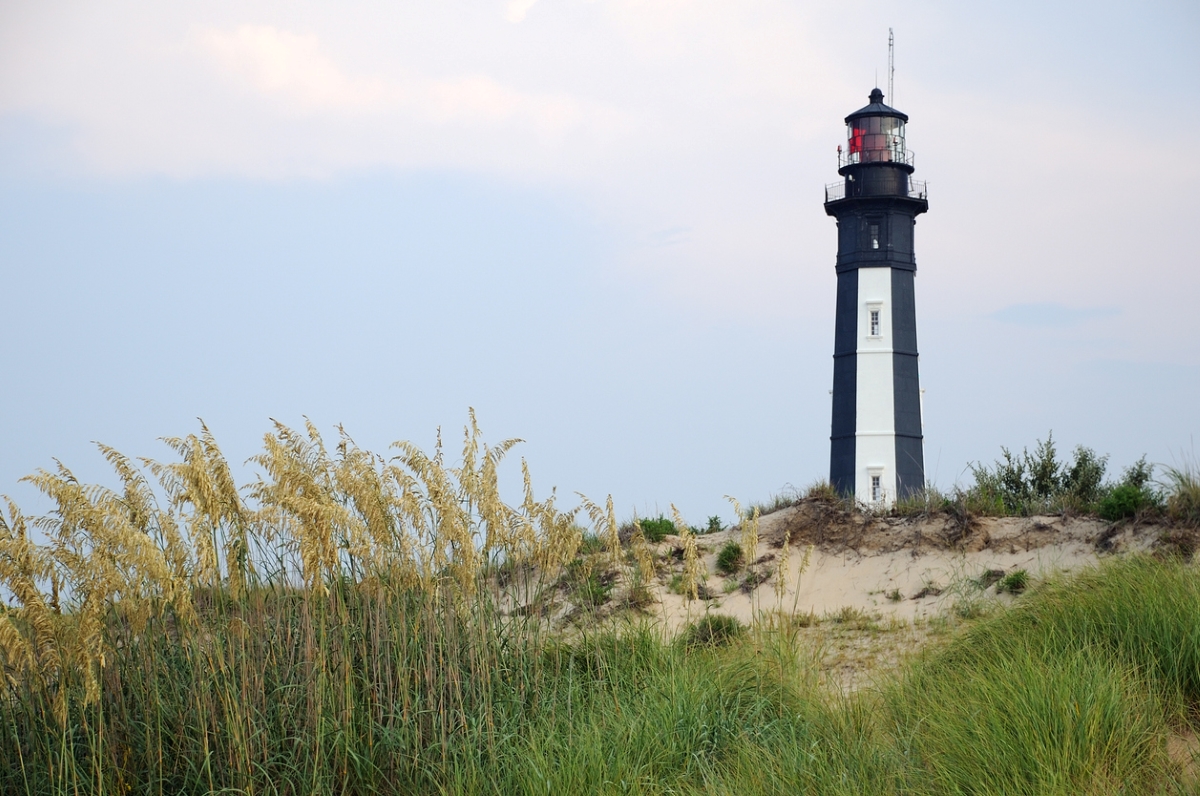
The report shows Virginia Beach with a higher-than-average medicine usage among residents, but average pollen counts and number of allergy specialists. The two main pollen types in Virginia Beach are weed and grass. Bermuda grass and ragweed are common culprits for generating high levels of pollen in the area.
12. Houston, TX
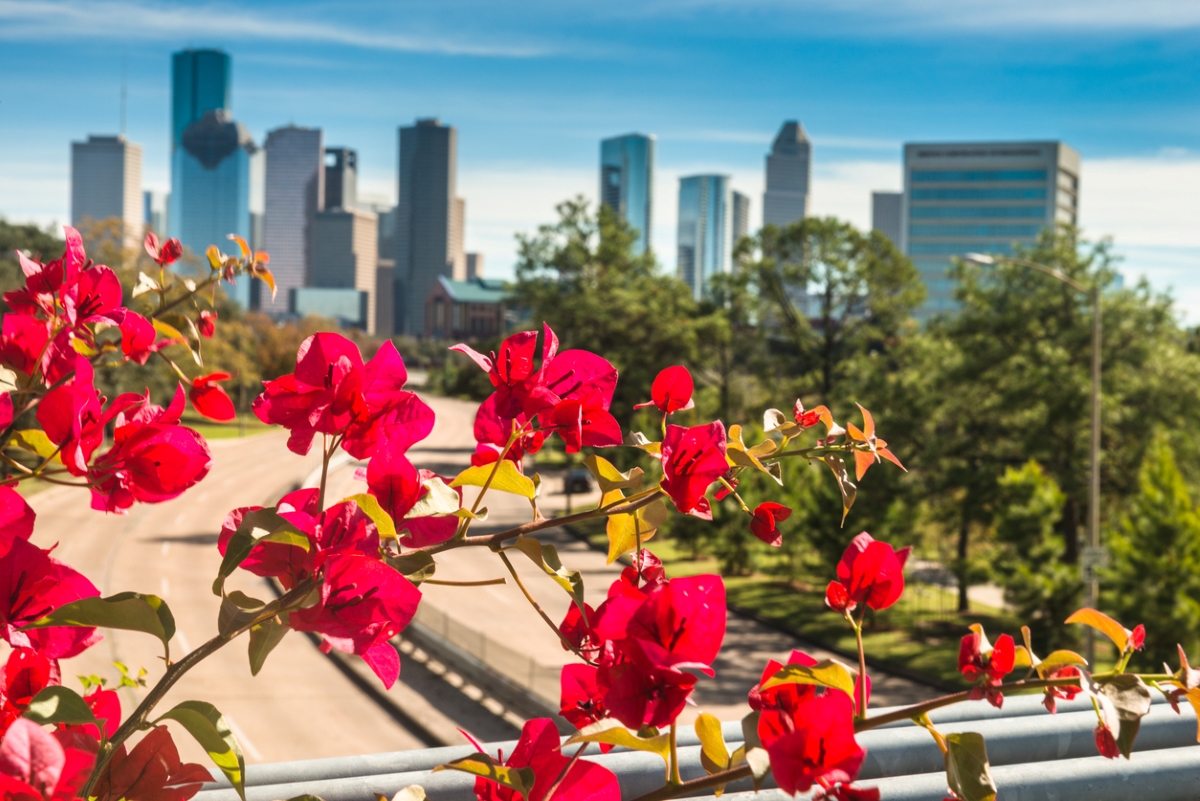
Houston has a higher-than-average pollen count, likely due to its humid weather and mild winter that allows pollen to thrive all year round. The city ranks in the top 10 for grass pollen count, but residents don’t seem to suffer too much since medicine usage in the metro is considered average.
13. Little Rock, AR
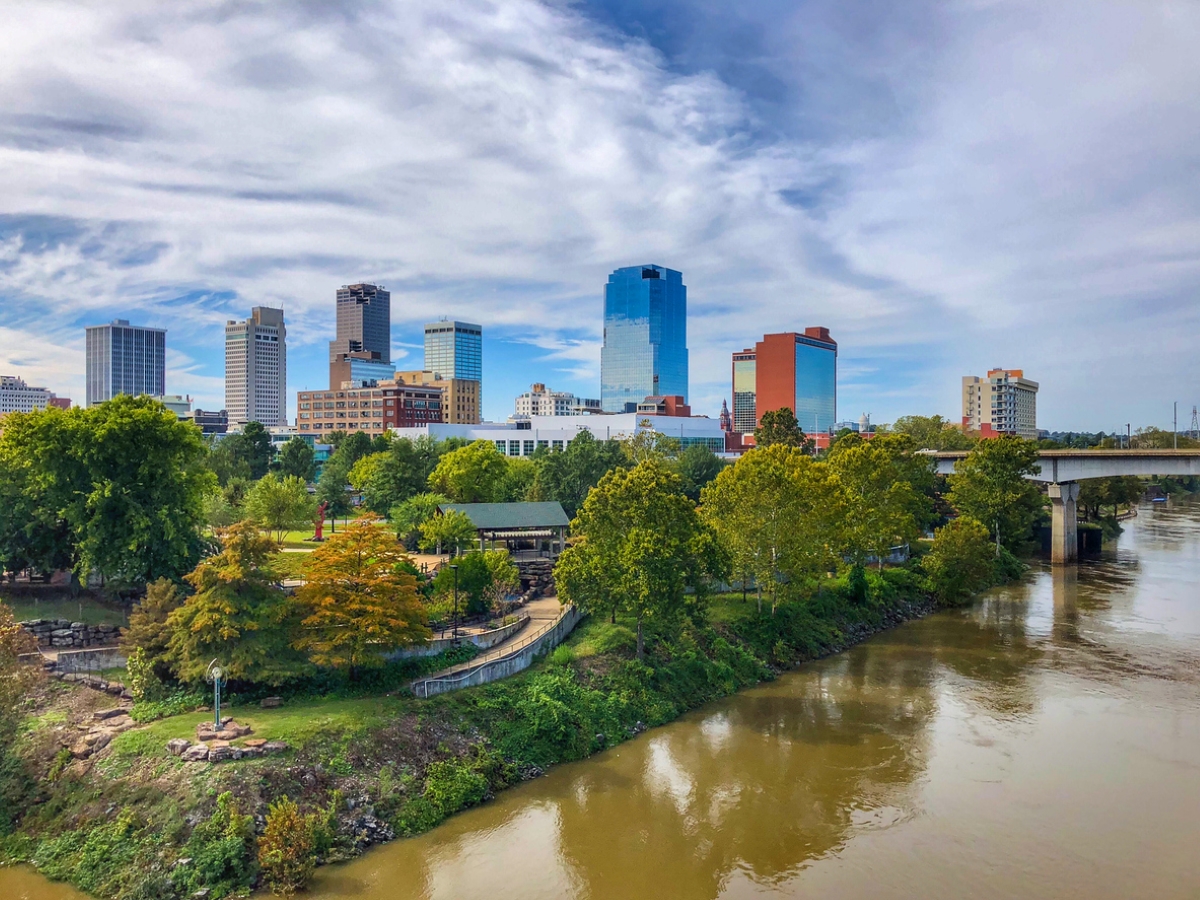
Residents of Little Rock suffer from high pollen counts and have high rates of allergy medicine usage, but are lucky to live in an area where there is a better-than-average number of allergists and immunologists. The allergy season here lasts from late February to November and then residents have a brief few months of pollen respite in the winter. Tree pollen is the biggest contributor to allergies, but residents also suffer from grass and weed pollen in the summer and fall months, respectively.
14. Miami, FL
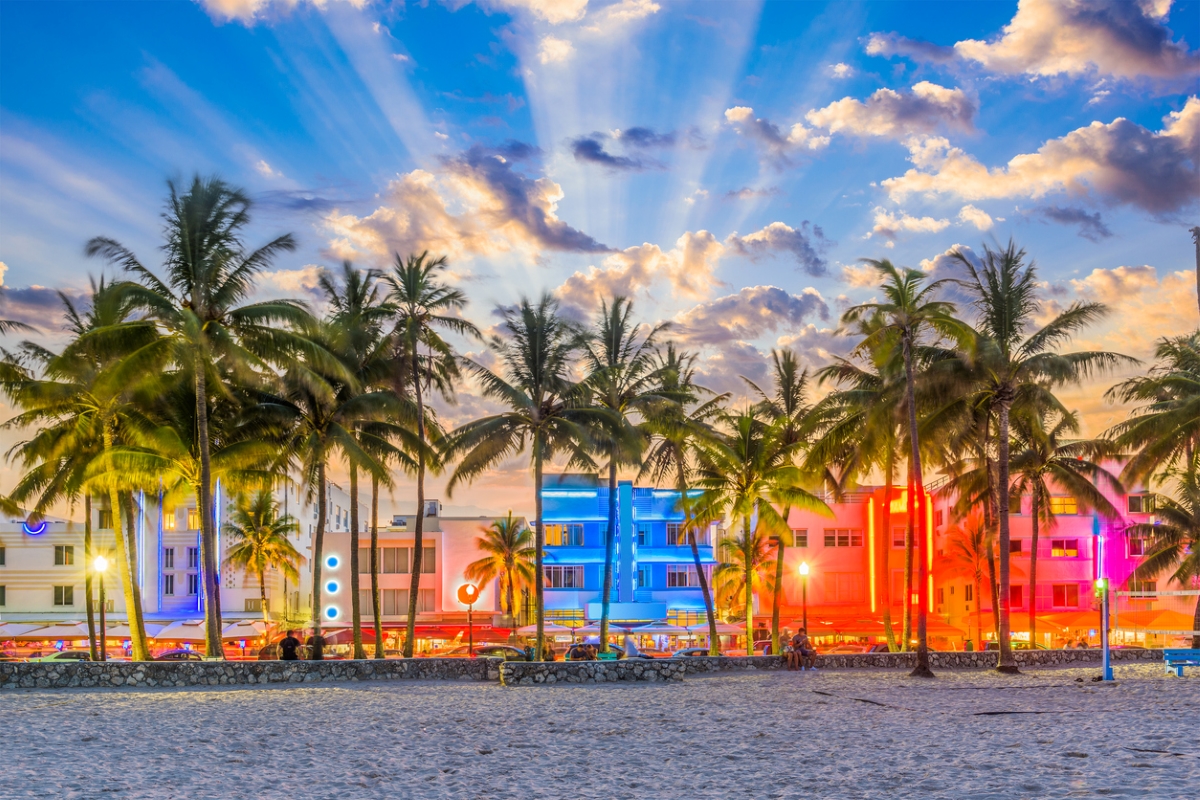
Pollen counts in Miami are worse than average in the U.S., but the study shows average medicine usage and specialists for the area. Like other Florida metros, Miami has no break from pollen since temperatures are mild year-round. Tree pollen and ragweed are the main culprits of allergies in the Miami area.
15. Lakeland, FL
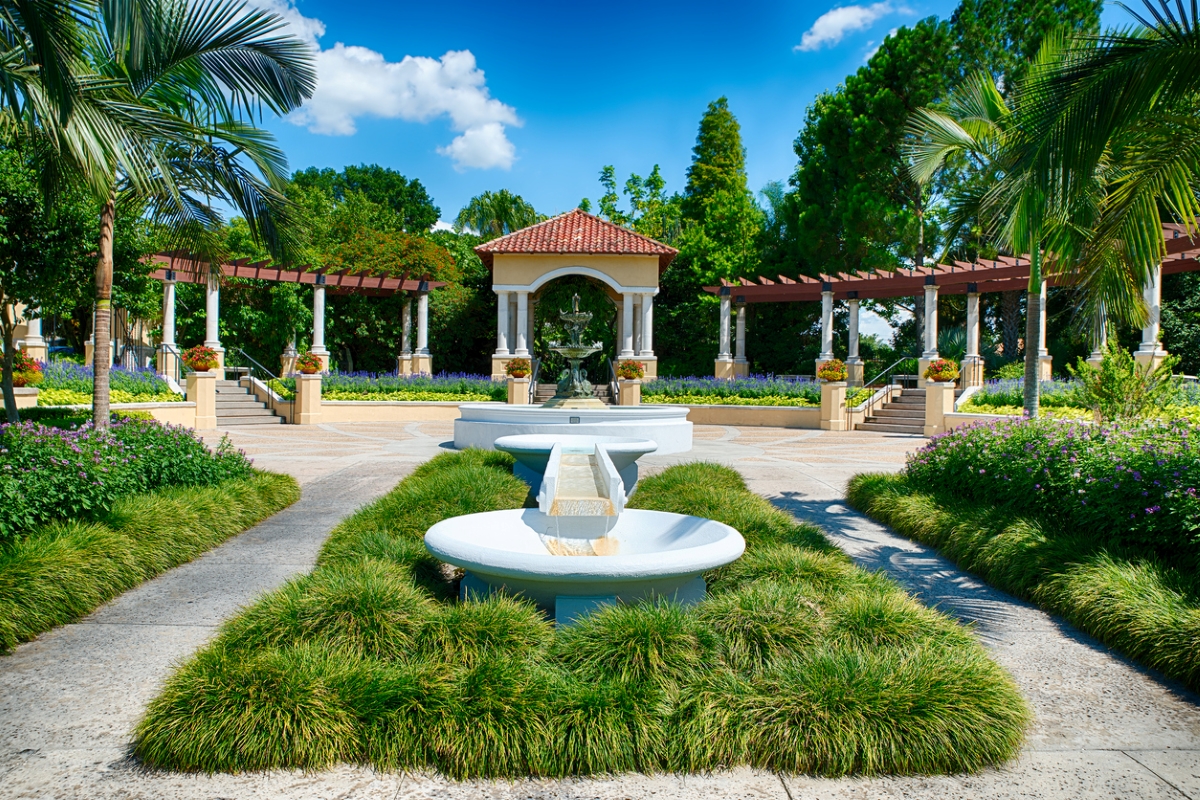
Lakeland, Florida, comes in at number 15 of cities with the worst allergy seasons. While the inland city shows average pollen counts and medicine usage among residents, the lack of allergists in the area makes it difficult for those with allergies to find the medical help needed to treat their symptoms. Pollen in Lakeland tends to be highest in March and April, when tree pollen runs rampant.
16. Raleigh, NC
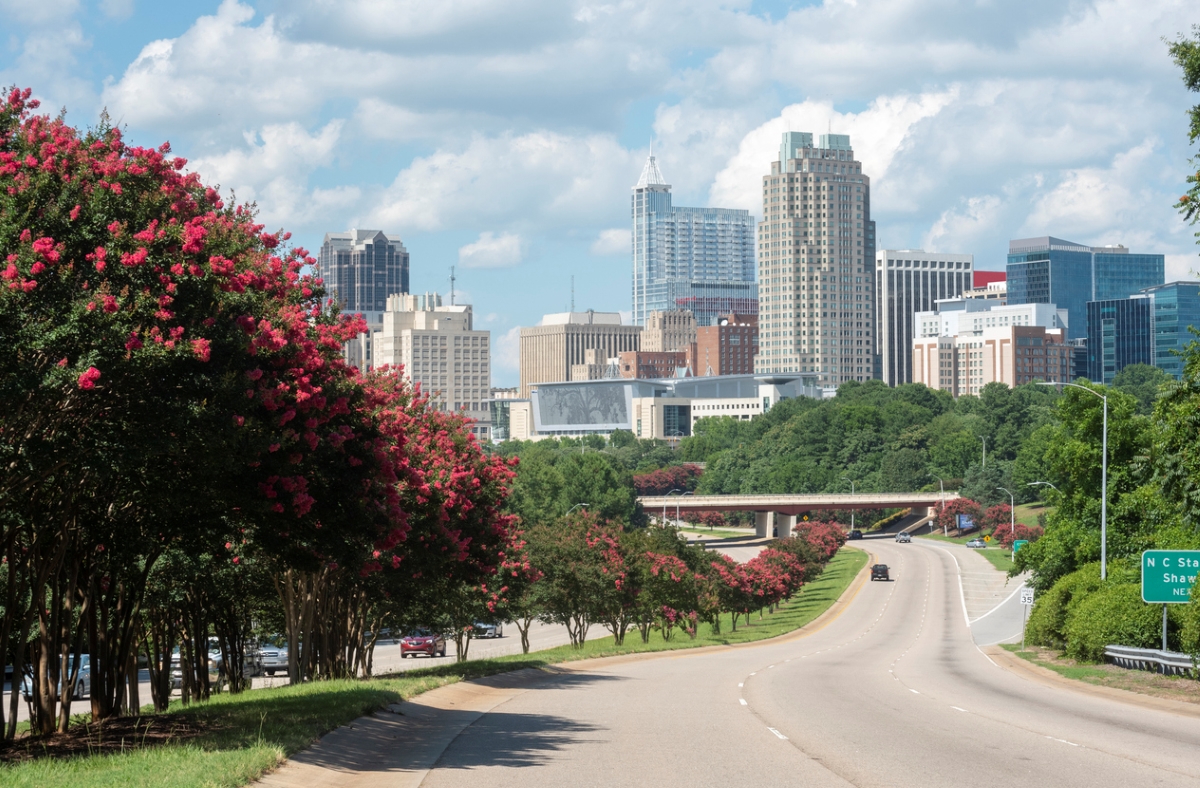
Raleigh comes in at number 11 for the amount of weed pollen across the U.S., but overall shows average pollen counts compared to other metros. The mild winters allow fall and spring allergies last longer than in other parts of the country, and allergies don’t subside in the fall until the area sees its first frost. The metro also sees high medicine usage among residents and has a worse-than-average number of specialists.
17. Palm Bay, FL
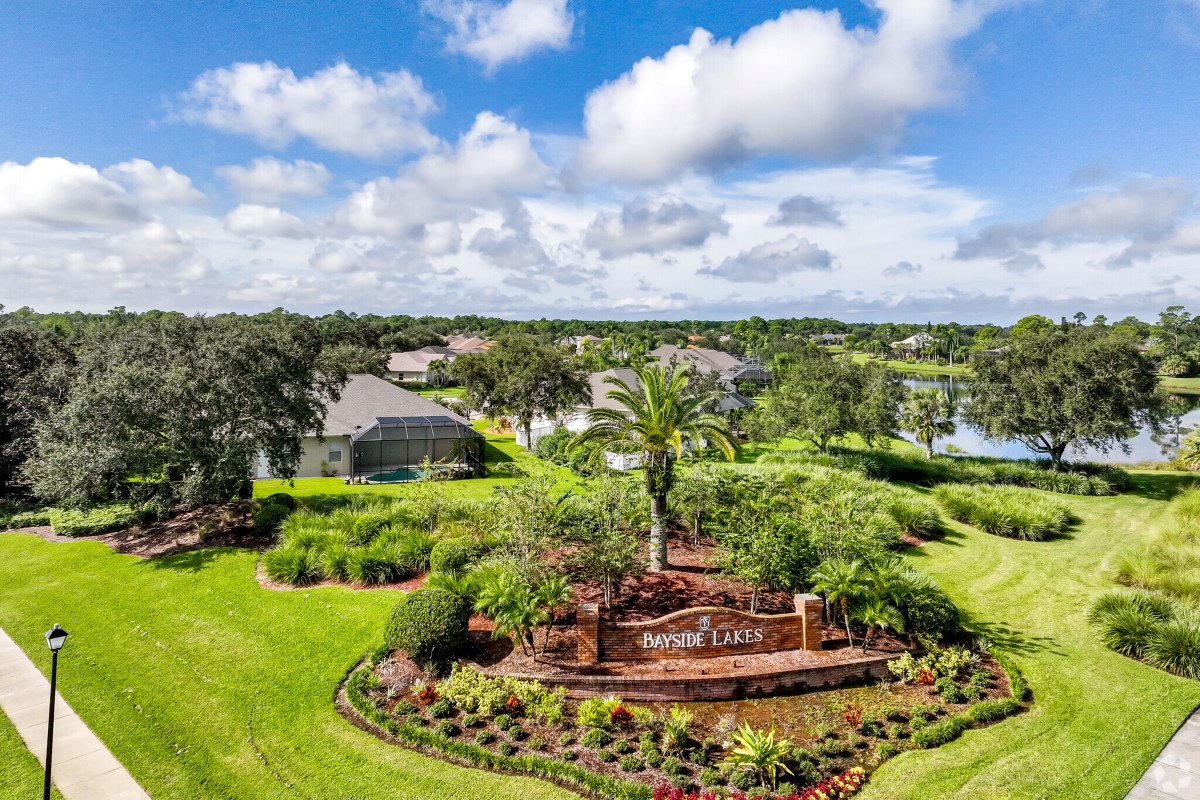
Pollen counts in Palm Bay, Florida, may be average, but the high medicine use in the area shows residents continue to suffer anyway, putting it in the top 20 of allergy capitals. The city also has a low number of allergists available, leaving residents with few resources to address their symptoms.
18. Tampa, FL
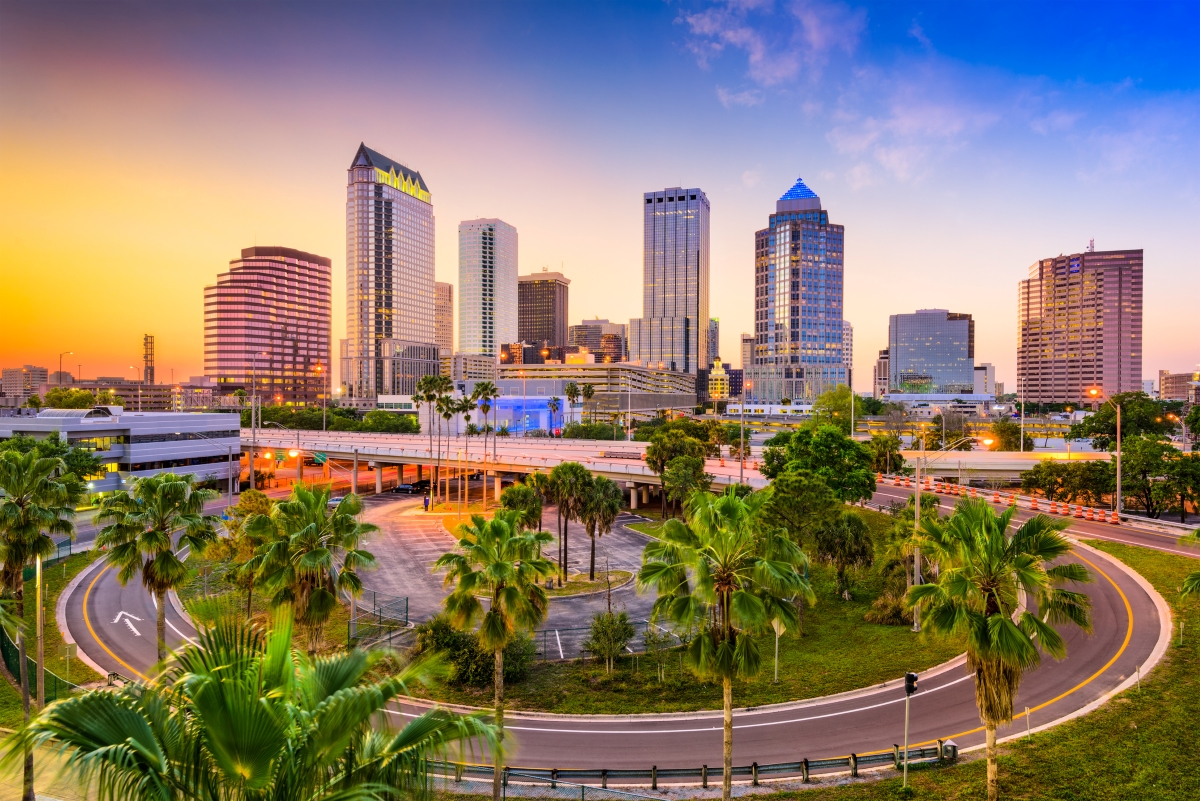
Tampa sees higher-than-average pollen counts in the area thanks to its mild winters that allow pollen producers to thrive year round. Common causes of pollen in Tampa are ragweed, dog fennel, oak, pine, sorrel, and dock.
19. Greensboro, NC
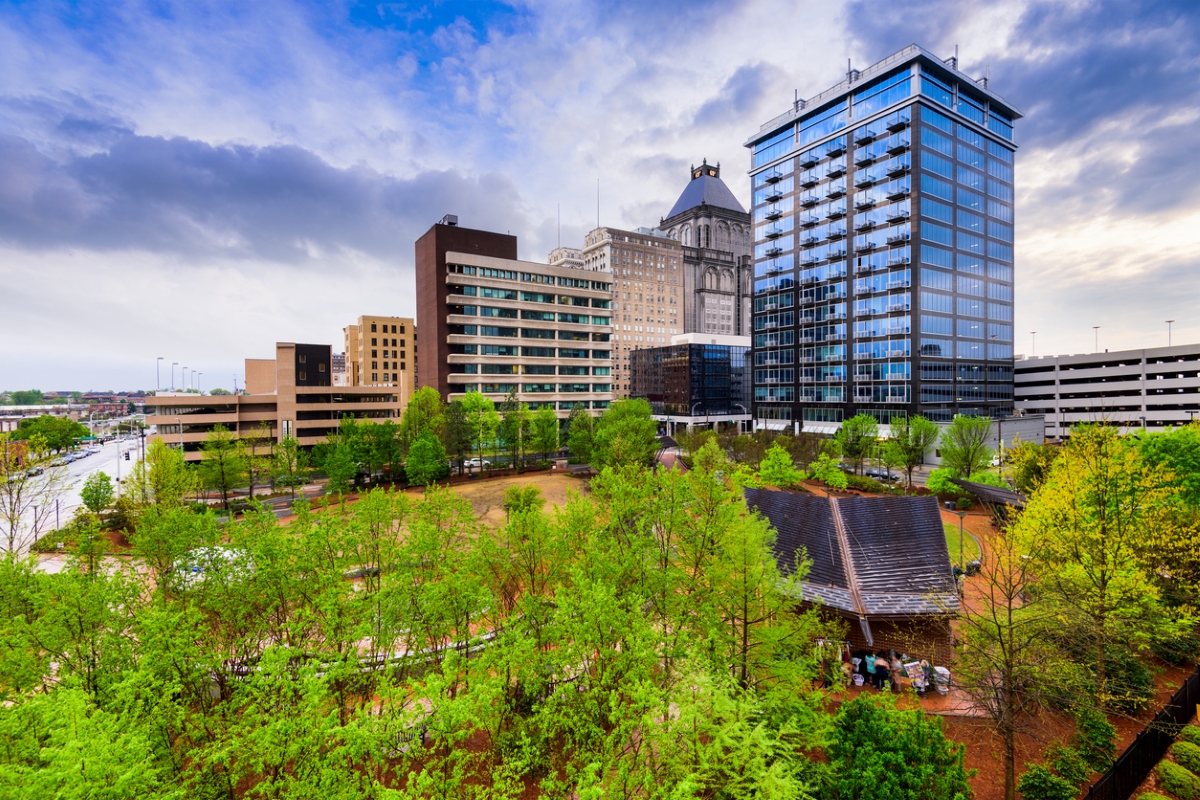
This city ranks high for weed pollen at number 12 in the U.S. where ragweed and marsh elder are the biggest contributors. Overall pollen counts are considered average in the country, but residents lack access to allergists and immunologists and rely on high usage of allergy medicines to treat symptoms.
20. Rochester, NY
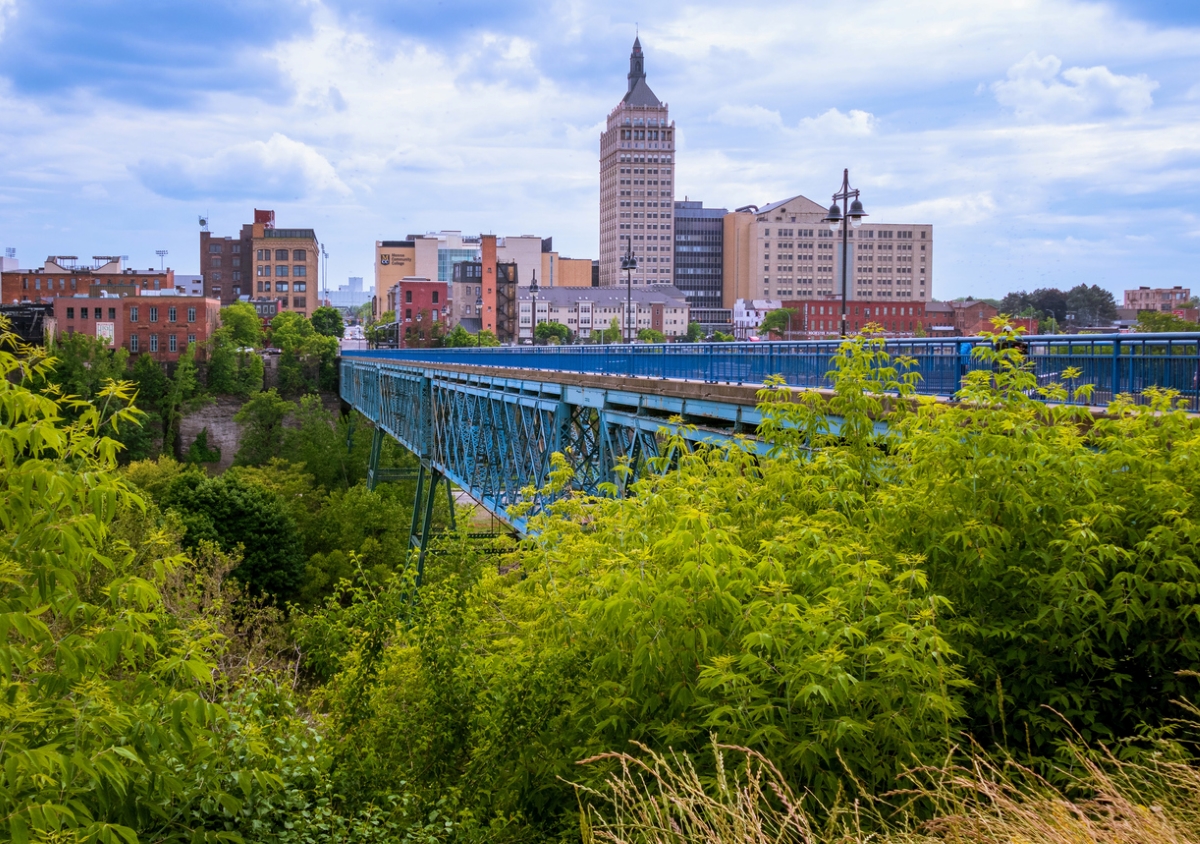
While Rochester, New York, ranks at number 20 overall for cities with the worst allergy seasons, it has a high tree pollen count that comes in at number eight in the nation. Oak, walnut, hickory, maple, and willow are the biggest tree pollen producers in the Rochester area. Luckily for residents, the city is one of the few in the top 20 cities that have a higher-than-average number of allergists in the area.
21. Kansas City, MO
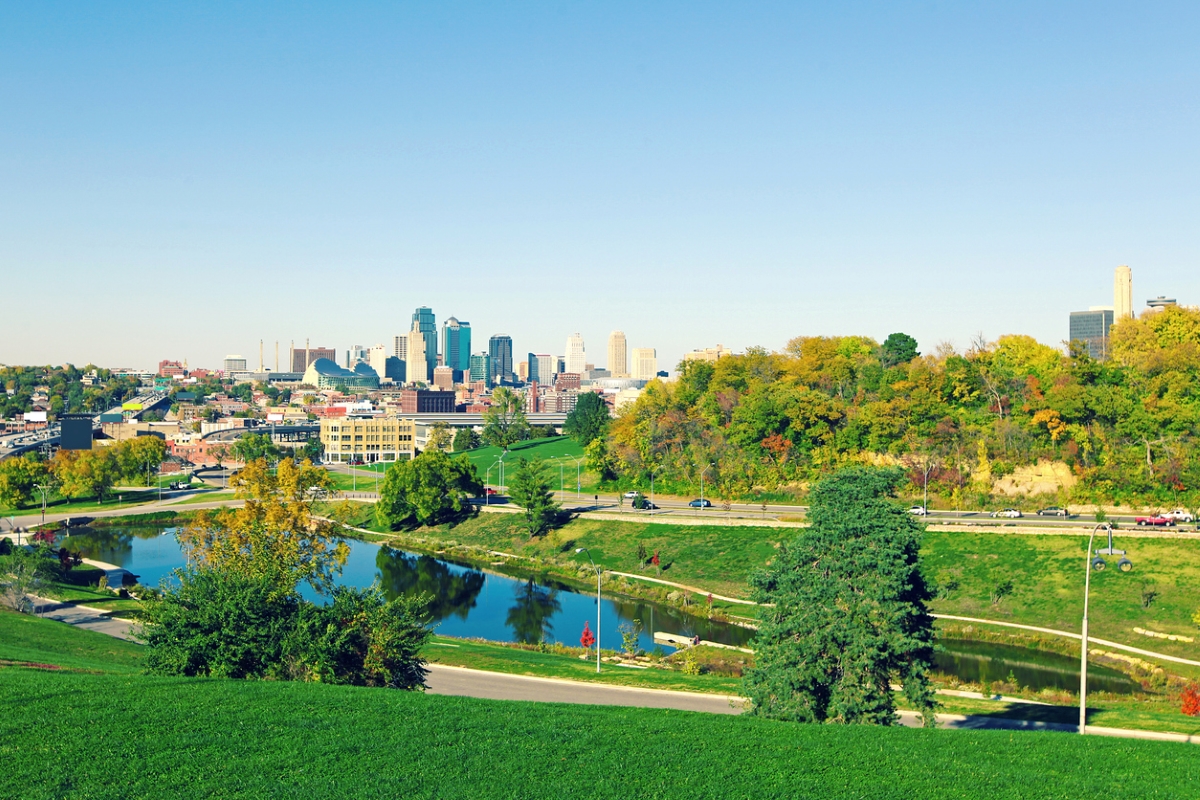
The report ranks Kansas City as average for pollen count, medicine usage, and specialists in the area, but the city still makes the top 20 list for tree pollen. Common culprits of tree pollen in Kansas City are hickory, oak, maple, walnut, ash, and mulberry trees.
22. New Orleans, LA
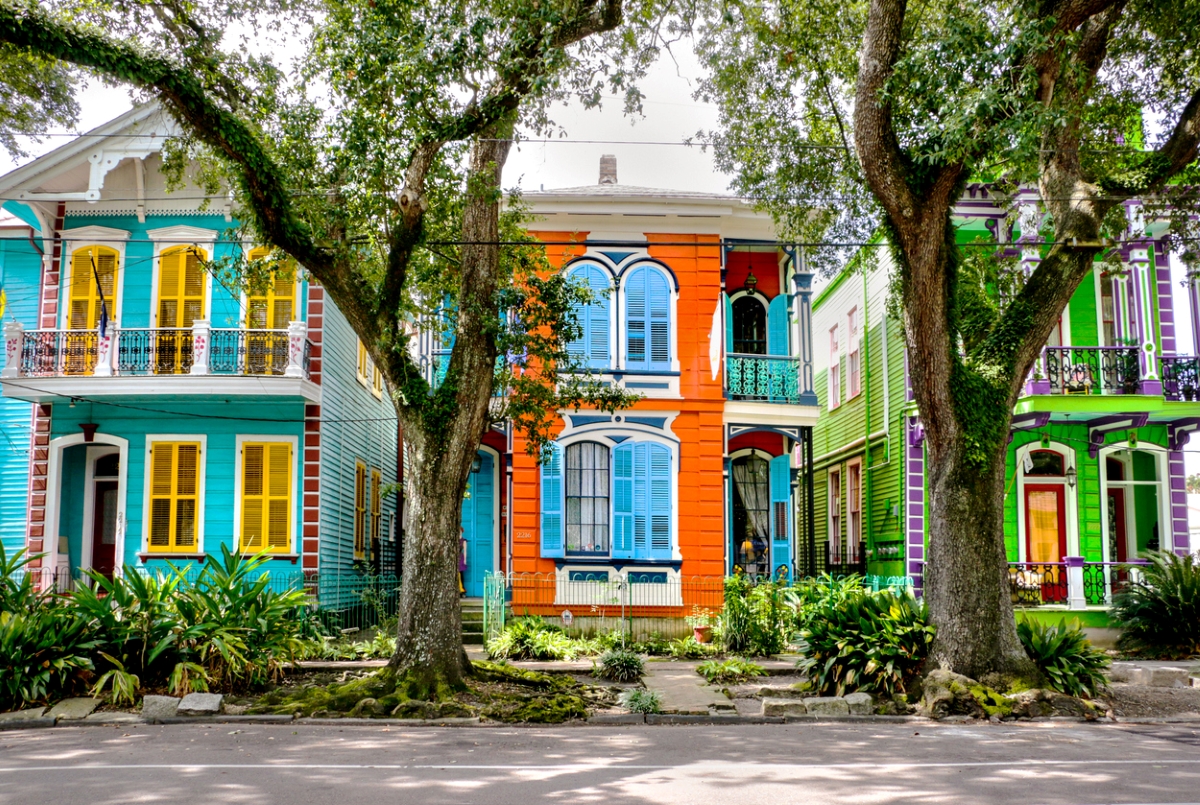
New Orleans is home to a higher-than-average number of allergists and immunologists, and for good reason since the pollen count in the area is quite high. However, residents seem to be managing symptoms well enough since medicine usage is considered average in the metro. Grass pollen is likely a big factor for allergies in the area since New Orleans ranks number 23 for grass pollen counts in the country.
23. Richmond, VA
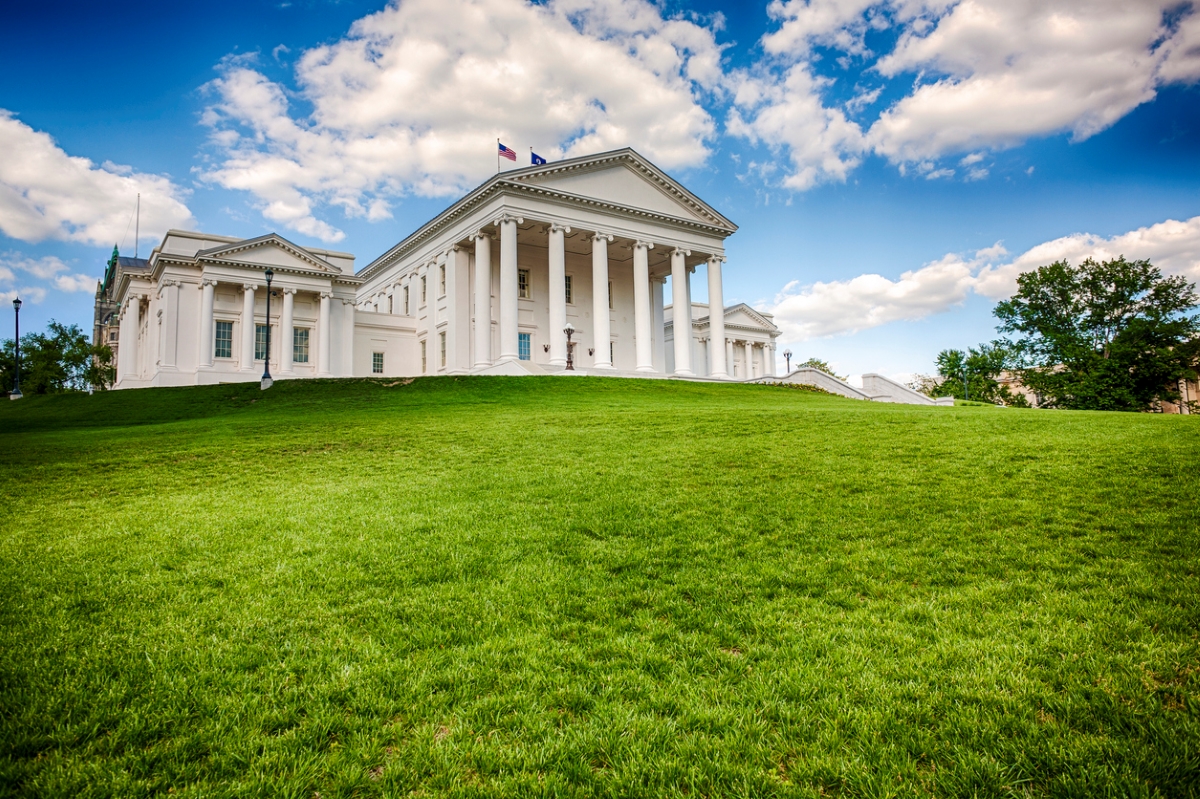
Despite average pollen counts in the area and better access to allergy specialists, Richmond residents still suffer from allergies—medicine usage is quite high in the area. The area has high levels of grass pollen where Bermuda, bent, orchard, and rye grasses are the biggest pollen contributors.
24. Daytona Beach, FL
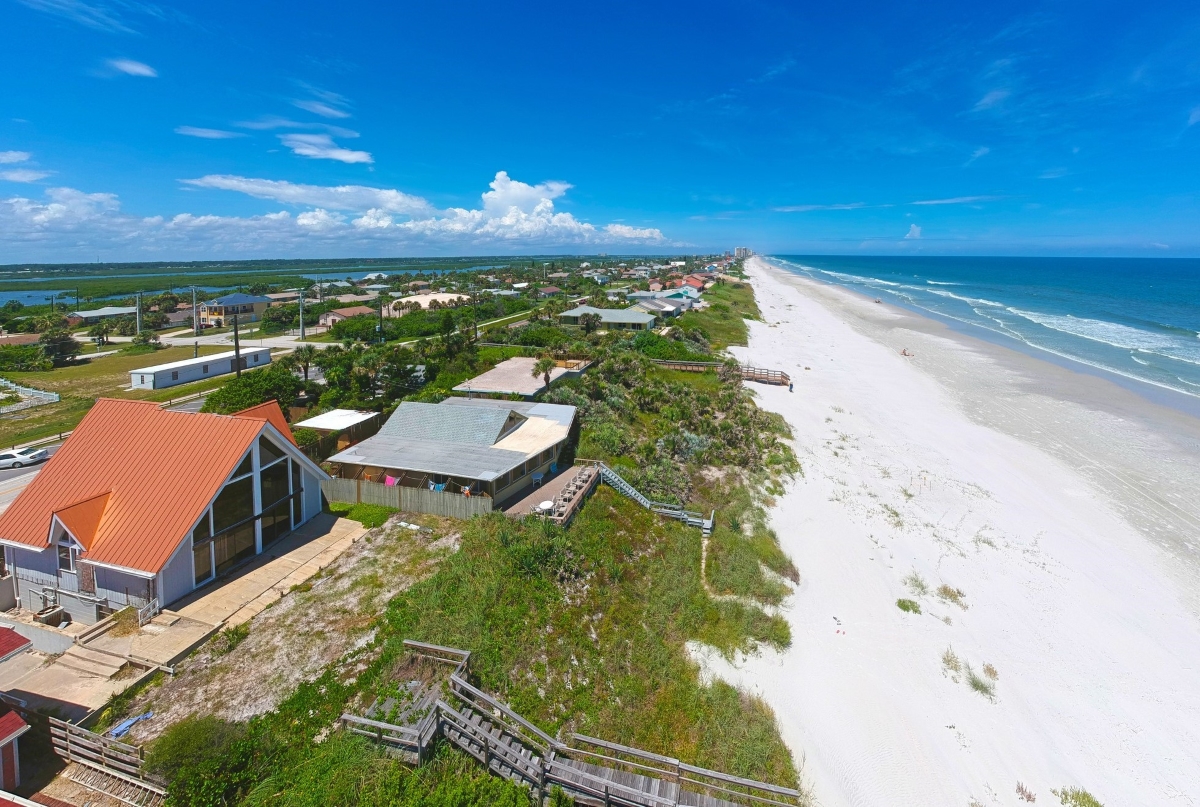
The report shows Daytona Beach residents have higher-than-average use of medications to treat allergy symptoms, although pollen count is considered average in the area. Weed pollen allergies are particularly tough for residents most of the year, and Daytona Beach is ranked number 18 for weed pollen count in the country.
25. McAllen, TX
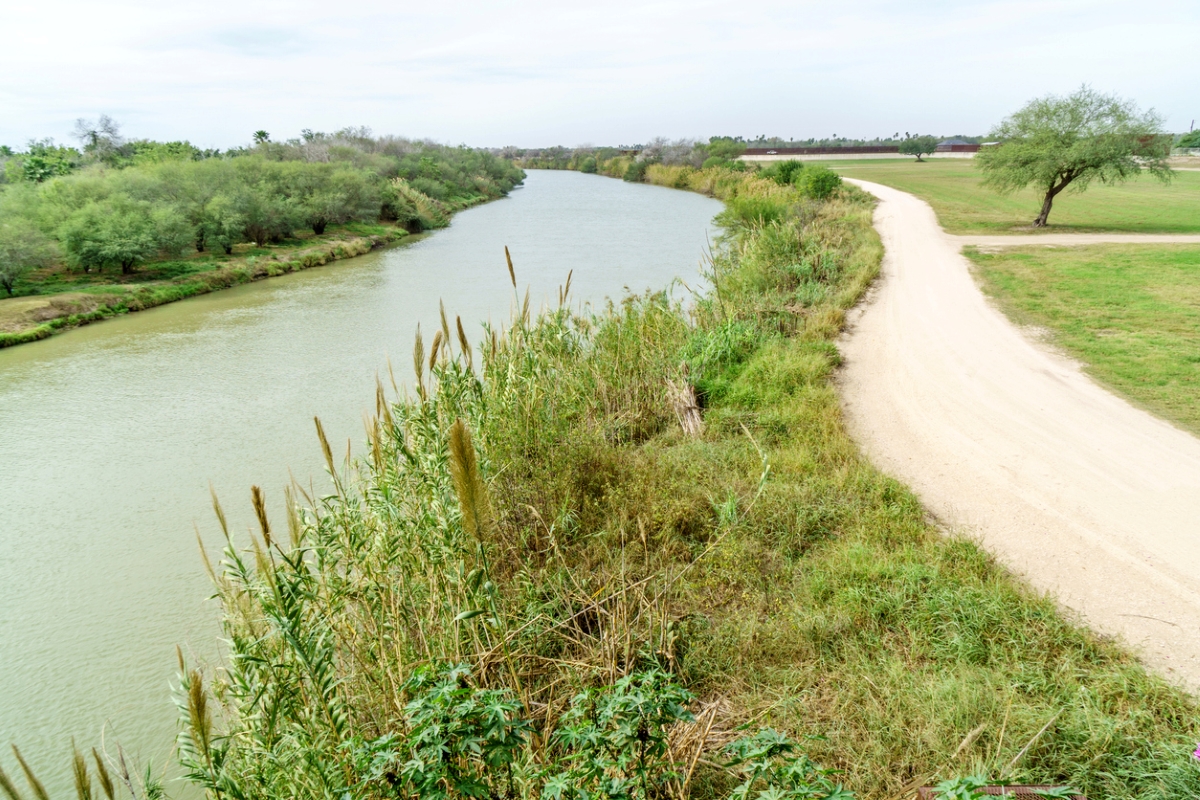
While pollen is considered worse than average in McAllen, Texas, residents surprisingly rely on medications far less than in other areas in the country. Like other cities in Texas, grass pollen is especially high and a large contributor to pollen counts in the area.
26. Grand Rapids, MI
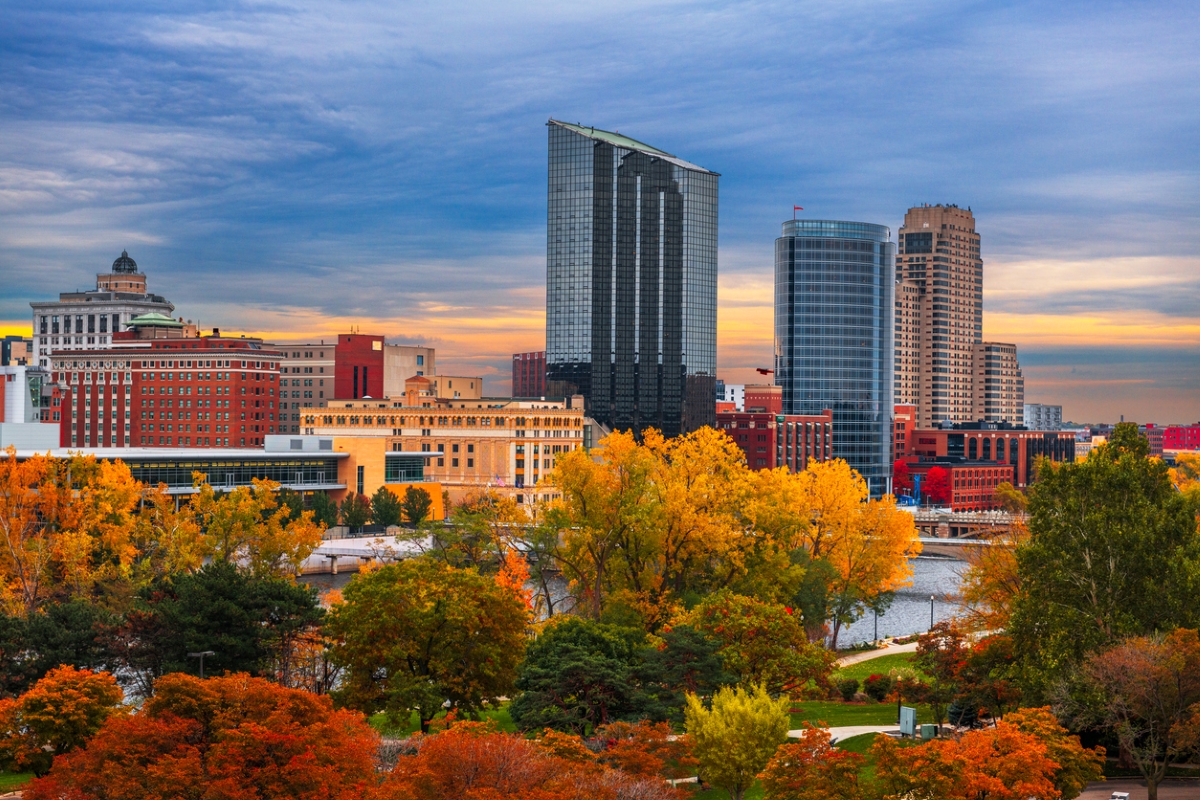
This Midwest city ranks quite high for tree pollen, coming in at number 14 in the country. The overall pollen count in the metro is considered higher than average, but residents have an average usage of medications and amount of allergy specialists.
27. Worcester, MA
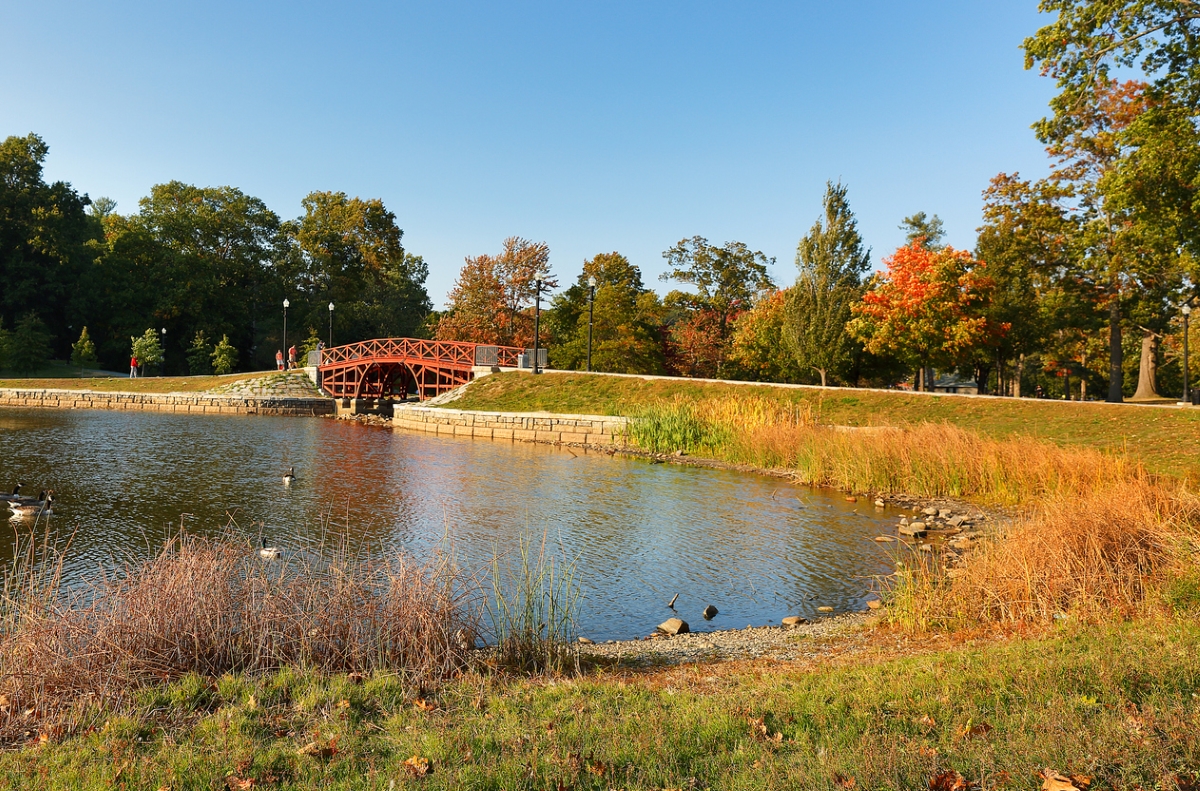
Worcester, Massachusetts, is rated average for its overall pollen count, but the grass pollen counts are quite high compared to the rest of the nation. The summer grass allergies here are often caused by Bermuda, timothy, orchard, brome, and bent grasses.
28. Allentown, PA
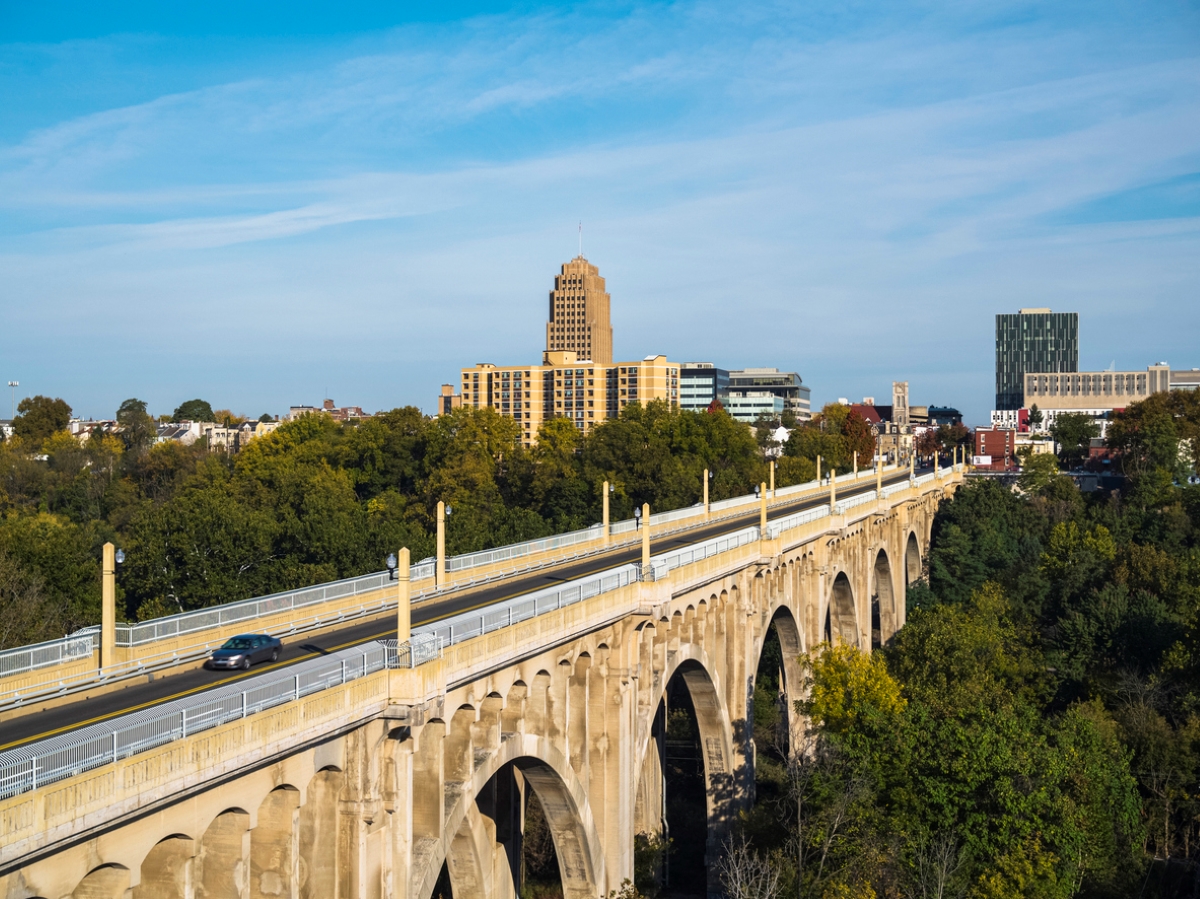
Like its neighboring city, Scranton, Allentown has high levels of grass and weed pollen in the air. However, its overall pollen count is considered average in the U.S. The report shows residents are also feeling the effects of area’s pollen due to the higher-than-average allergy medicine usage.
29. Winston-Salem, NC
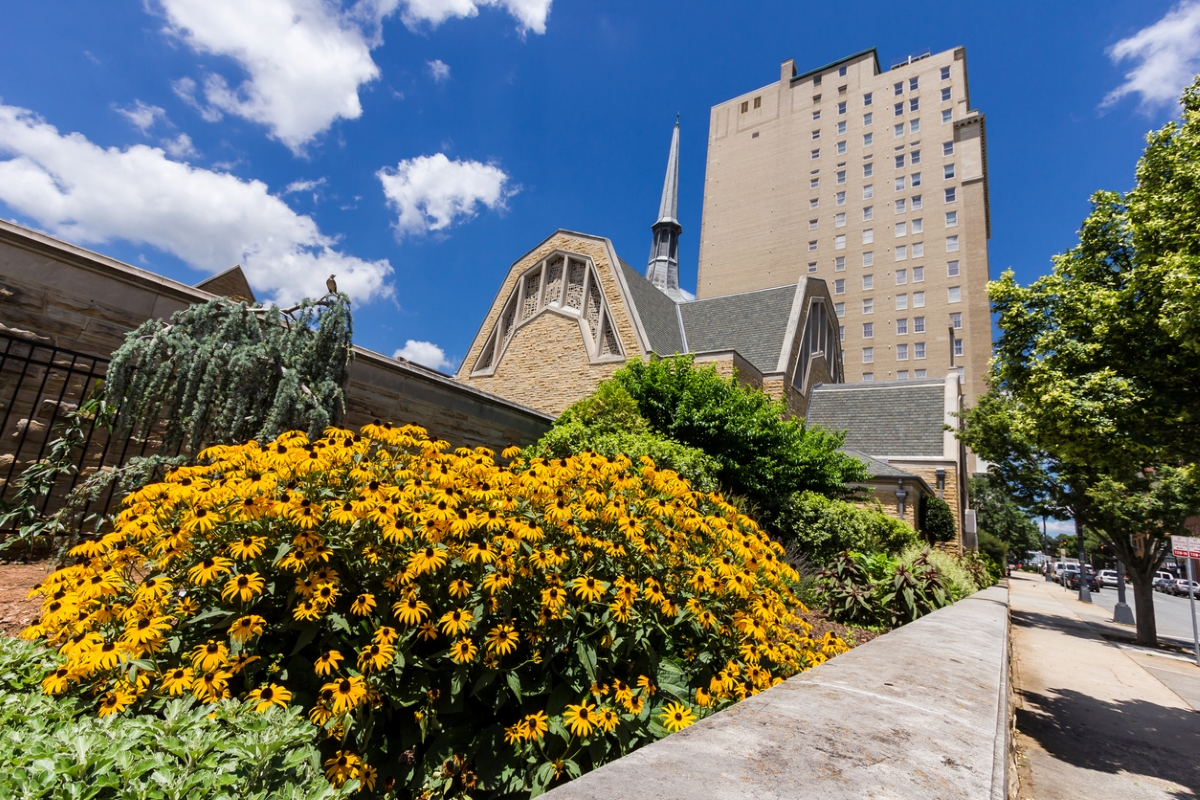
Overall pollen counts in this city are rated as average, but Winston-Salem’s mild winters allow pollen producers to thrive most of the year, providing a short respite for residents in late winter. Pollen counts for the area hit an all-time high last April, with weed and grass pollen being the biggest contributors. Pollen counts for grass and weed in Winston-Salem are ranked in the top 30 compared to other areas in the country.

